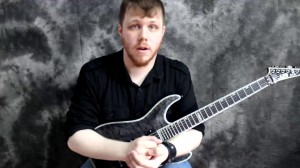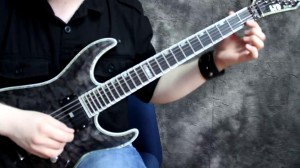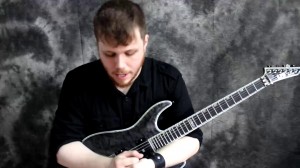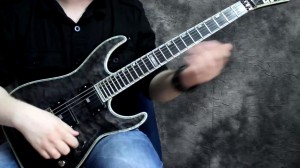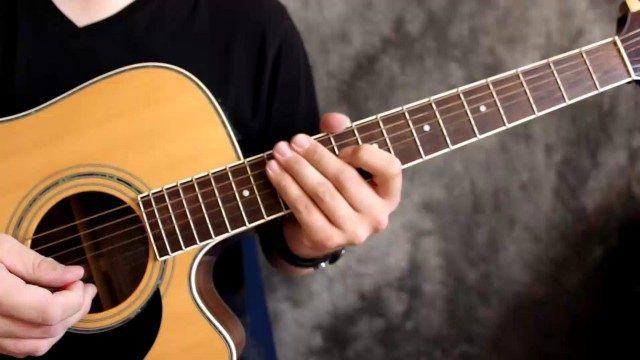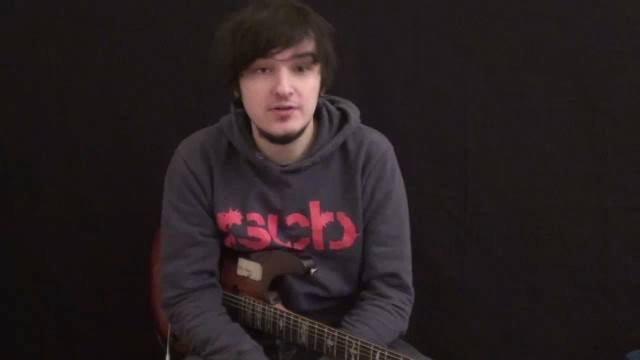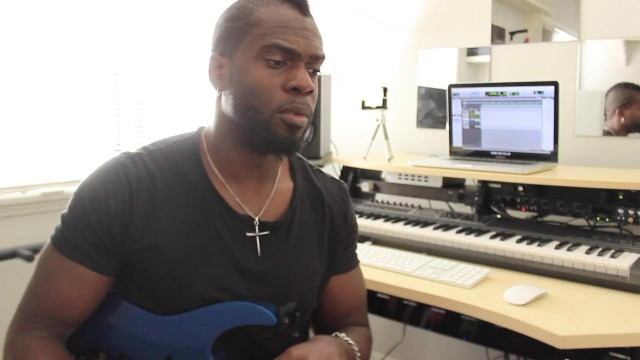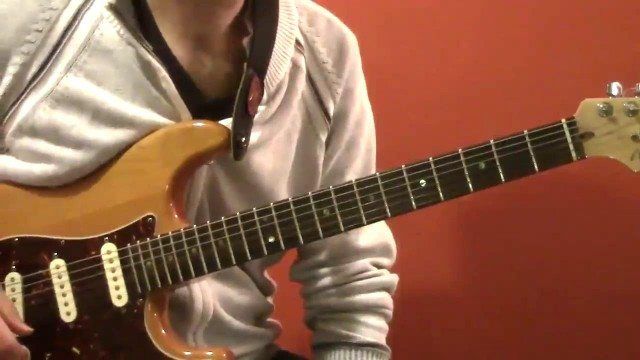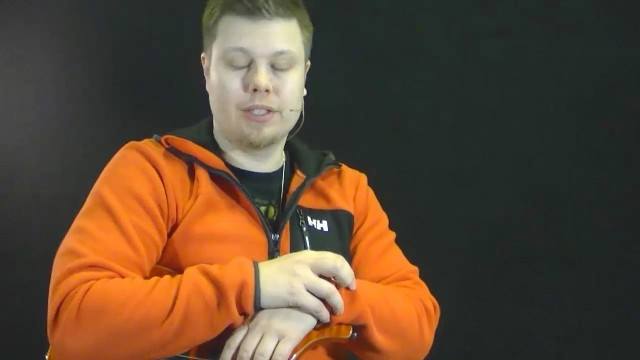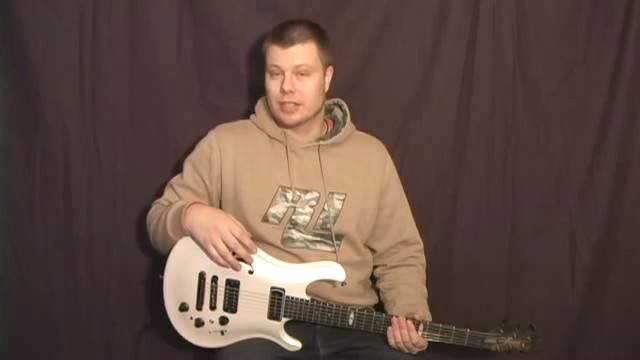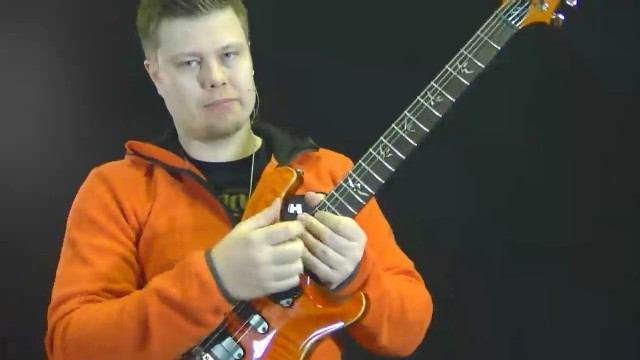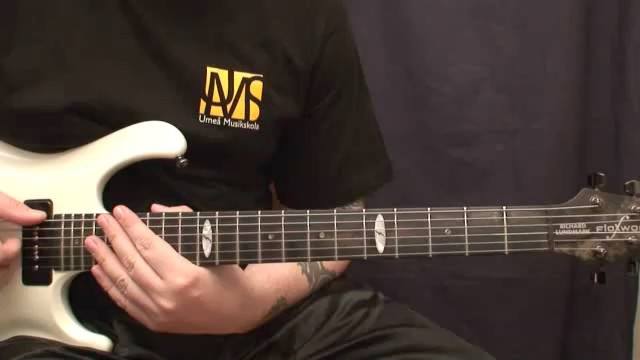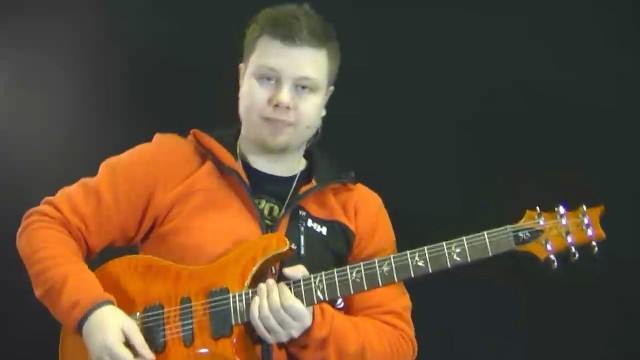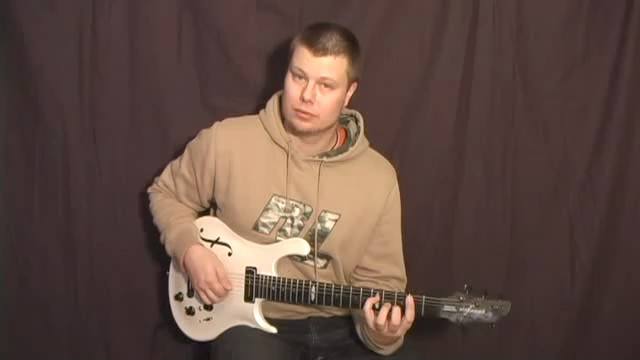Chords
A chord is defined as a combination of two or more notes played together in harmony. The best way to dive into the world of chords is to first learn the easiest mechanism for learning them - chord diagrams. Chord diagrams are fairly simplistic to understand as basically, if you hold your guitar with the head facing towards the ceiling, look at your fret board - that's what the diagram is. The vertical lines (going up and down) represent the guitar strings, and the horizontal lines (going left to right) represent the frets.The black circles with numbers inside of them represent which fingers will be placed. The only other part of the diagram that is of importance is the "X's and O's" at the top of each - "X's" represent which strings you do NOT strike at all when strumming the chord, and the "O's" represent which strings to strum, even if our fingers aren't fretting notes on these strings.
SO...
Horizontal Lines = Frets
Vertical Lines = Strings
Numbers = Fingers
X = Do Not Strum
O = Do Strum
So let's take a look at the chords below. The most effective way of constructing a chord using a chord diagram is...
1) Start from the first string. Find where the first finger is placed in relation to this string. When examining "C", we can see that our first (index) finger is placed one string above - meaning our first finger is on the second string.
2) Examine the fret placement. For "C", we can see that we are in the first fret. The same applies for G7.
3) Examine which strings are to be strummed. G7 has nothing written above the first string, two O's above the two strings above the first, and X's on the top three strings - the C, exactly the same, with the exception of the first and third strings being played open, with the second string occupied by our index finger. This means that for both chords, we'll be strumming only the bottom three strings.
4) Therefore, C is played by placing our first finger on the second string in the first fret - G7 is played by placing our first finger on the first string in the first fret - Both chords require strumming the bottom three strings together..

